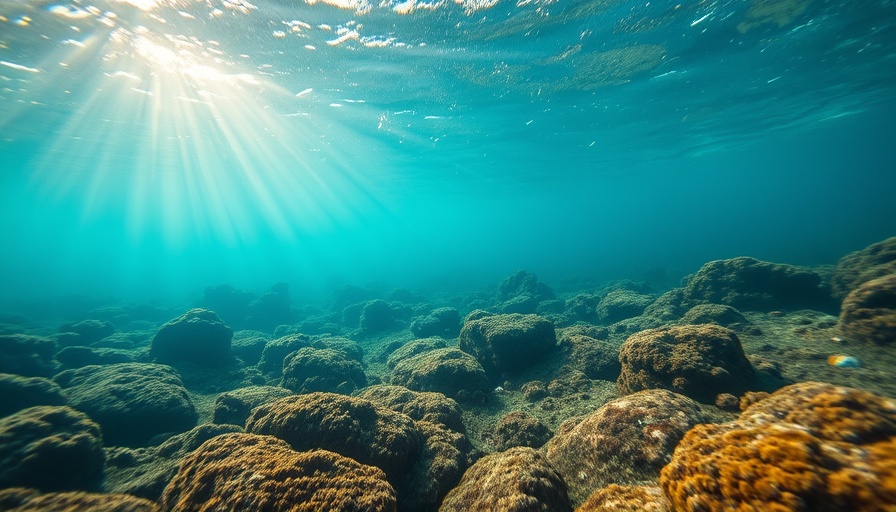
Emerging Methane Sources in Antarctica: A New Climate Concern
Researchers are sounding the alarm over new methane gas leaks discovered off the coast of Antarctica, an area previously considered insulated from the impacts of rapid climate change. Recent findings indicate that significant methane
sources, referred to as 'seeps,' have emerged in the seabed of the Ross Sea as ice continues to melt and underwater pressures alter due to global warming. This new research suggests that the dynamics of methane release in this region have changed unexpectedly, raising serious concerns for climate stability.
The Alarming Power of Methane
Methane is a potent greenhouse gas, known to trap heat at levels 28 to 34 times greater than carbon dioxide over a century. Presently, approximately half a billion tons of methane are released annually globally, contributing significantly to anthropogenic climate change. With an estimated hundred gigatons of methane potentially stored beneath Antarctica's ice sheets and the seabed, the implications of these seeps could be catastrophic. As scientists have pointed out, a single leak may not make a global difference, but the emergence of multiple seeps signals a possible tipping point.
Changes in Antarctic Ecosystems
The discoveries not only highlight new risks for climate change but also have profound implications for local ecosystems. Researchers have observed alterations in the marine life surrounding the newly identified seeps, with some areas experiencing die-offs while others witness a surge in methane-consuming bacteria. This dual ecological shift could disrupt food chains, impacting species from microscopic organisms to larger marine animals, thus altering the regional marine balance.
The Climate Feedback Loop
What is most alarming is the feedback loop inherent to methane emissions. As more methane is released into the atmosphere, it accelerates warming, which could lead to further releases from previously stable reservoirs. Scientists warn that the current rise in methane levels often correlates with warming temperatures and melting ice. The changes in Antarctic ecosystems further complicate this dynamic, as shifts in the marine environment may facilitate additional methane leaks.
Learning from Similar Arctic Phenomena
Similar patterns of methane emission have been documented in the Arctic Ocean, where melting permafrost has been linked to increased releases of this potent greenhouse gas. Observations in both polar regions underscore the interconnectedness of our climate system. Just as warming temperatures in the Arctic lead to methane emissions, the destabilization of Antarctica may trigger a major response in global climate patterns.
What Lies Ahead for Climate Models?
With these newfound methane seeps, the scientific community is beginning to reassess the efficacy of existing climate models. The sudden emergence of significant gas leaks from an area believed to be stable suggests that models may be underestimating the contributions of methane emissions to global warming. Further research and expeditions are planned to gather a clearer understanding of the long-term behavior and stability of these methane sources.
Call to Action
As we come to terms with the implications of these discoveries, it's crucial to remain informed and active in addressing climate change. Understanding these shifts in methane emissions is vital not just for future predictions but also for shaping policies aimed at mitigating climate impacts. Keeping the dialogue open about our changing planet is more important than ever.
 Rij toevoegen
Rij toevoegen






Write A Comment